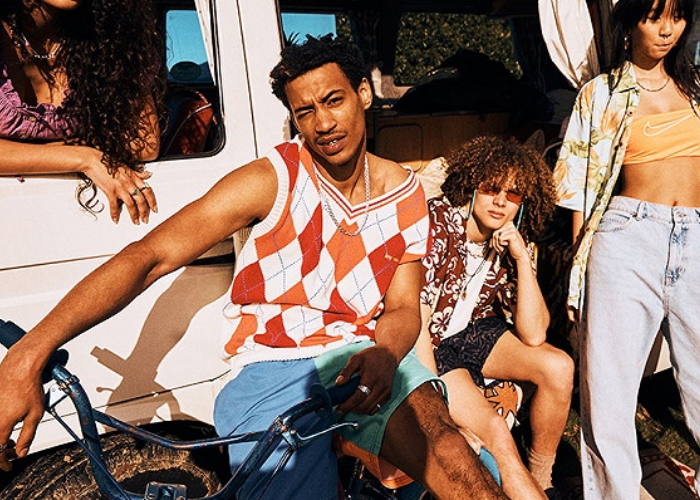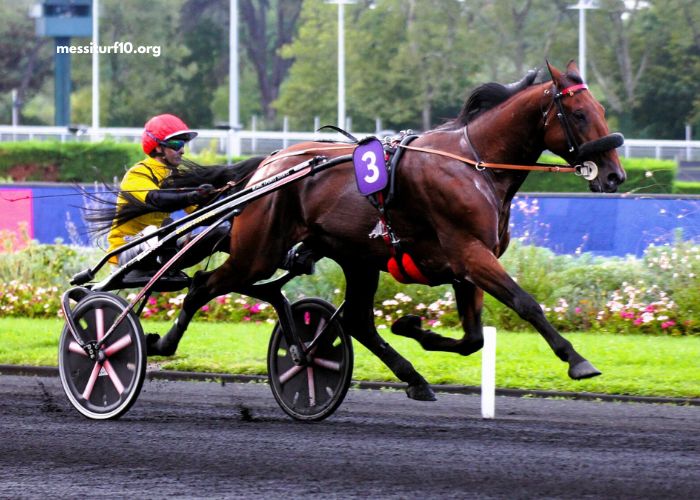Fashion is far more than just clothing; it’s an intricate language of self-expression, a reflection of society, and a bridge between the past and the future. In recent years, the fashion industry has undergone a significant transformation, moving away from homogenized, Western-centric styles towards a more inclusive and diverse landscape. This evolution has given rise to a fascinating phenomenon: fashion fusion. Fashion fusion is where culture meets couture, a convergence of tradition and innovation that celebrates diversity, challenges norms, and enriches the global fashion tapestry.
The Roots of Fashion Fusion
Fashion fusion is not a recent development. Throughout history, various cultures have influenced and borrowed from one another, resulting in the creation of new styles and trends. The Silk Road, for instance, facilitated the exchange of textiles, designs, and techniques between East and West for centuries. This cross-cultural pollination birthed exquisite garments and textiles that blended elements of Chinese, Persian, Indian, and European styles.
However, the contemporary concept of fashion fusion goes beyond mere cultural exchange. It encompasses a conscious effort to celebrate and integrate diverse cultures into the design process, acknowledging that fashion is a dynamic canvas onto which we can paint the richness of our world.
Cultural Appropriation vs. Cultural Appreciation
Fashion fusion, while celebrated for its inclusivity and innovation, walks a fine line between cultural appreciation and cultural appropriation. Cultural appropriation occurs when elements of a marginalized culture are borrowed by a dominant culture without understanding, respect, or permission, often perpetuating stereotypes and erasing the cultural context. Fashion has a history of walking this thin line, but fashion fusion aims to do it differently.
True fashion fusion begins with respect. It acknowledges the roots and significance of the cultural elements being integrated and seeks permission and collaboration whenever possible. This not only ensures that designers are giving credit where it’s due but also helps preserve and promote the diverse traditions that inspire their creations.
The Global Runway: A Showcase of Fusion
To understand the scope and impact of fashion fusion, we can look at how it manifests in various aspects of the industry:
- Fabrics and Textiles: The fusion of textiles from different cultures is a prominent aspect of fashion fusion. For example, the incorporation of African prints into Western clothing has been a powerful trend, celebrating the vibrancy and history of African culture. Designers like Stella Jean have successfully merged Italian tailoring with African prints, creating unique and stunning pieces.
- Design Elements: Fashion fusion is not limited to textiles; it extends to design elements as well. The Japanese kimono has inspired many designers, leading to the creation of contemporary garments with kimono sleeves or obi-style belts. This blend of traditional Japanese design with modern aesthetics is a prime example of how fashion fusion can create stunning pieces that honor the past while embracing the future.
- Cultural Icons: Some designers draw inspiration from iconic cultural symbols. For instance, the use of Native American motifs in fashion has often sparked controversy due to cultural appropriation. However, when done respectfully and in collaboration with Indigenous communities, it can be a beautiful way to celebrate and support these cultures. Bethany Yellowtail’s work exemplifies this approach, as she incorporates Indigenous designs and employs Native American artisans in her creations.
- Streetwear: Streetwear is another realm where fashion fusion shines. Streetwear often reflects the multicultural and diverse nature of urban environments. Brands like Off-White, founded by Virgil Abloh, have embraced this fusion, blending streetwear aesthetics with high fashion, creating a new, inclusive style.
- Haute Couture: Even the world of haute couture is not immune to the allure of fashion fusion. Designers like Jean-Paul Gaultier have drawn inspiration from diverse cultures, incorporating elements like corsets and turbans into their collections. This creates a fusion of luxury and global influences that redefine the boundaries of high fashion.
- Sustainable Fashion: Fashion fusion can also be seen in the growing trend of sustainable and ethical fashion. Many designers are turning to traditional techniques and materials from various cultures to create eco-friendly and culturally rich collections. This approach not only reduces environmental impact but also supports local artisans and traditions.
The Power of Collaboration
One of the most compelling aspects of fashion fusion is the power of collaboration. Many designers are partnering with artisans from different cultures to create truly authentic and respectful collections. This collaboration not only adds depth and authenticity to the designs but also supports local communities and helps preserve traditional craftsmanship.
Collaboration can take various forms, from working directly with artisans on design and production to sourcing materials from specific regions. For instance, luxury brand Gucci collaborated with Dapper Dan, a Harlem-based designer known for his bold use of logos and materials, to create a collection that celebrated both Italian luxury and African American culture.
Such collaborations have the potential to break down cultural barriers, foster understanding, and promote cross-cultural appreciation. They send a powerful message that fashion is a universal language that transcends borders and connects people from all walks of life.
The Role of Technology in Fashion Fusion
Technology has played a significant role in facilitating fashion fusion. The internet and social media have made it easier for designers to discover and connect with artisans and designers from different parts of the world. Platforms like Instagram and Pinterest serve as virtual mood boards, allowing designers to draw inspiration from diverse sources and cultures.
Additionally, 3D printing and digital design tools have opened up new possibilities for experimenting with fabrics, textures, and patterns. Designers can now create intricate and culturally inspired pieces with greater precision and efficiency.
Fashion Fusion in Everyday Life
While high fashion often takes center stage in discussions about fashion fusion, its influence can be seen in everyday style as well. Many people are now incorporating elements of different cultures into their wardrobes, creating unique and eclectic looks that reflect their global perspective.
This fusion is not limited to clothing alone; it extends to accessories, hairstyles, and makeup. People are experimenting with jewelry, scarves, and hairstyles inspired by cultures from around the world, showcasing their appreciation for diversity and their desire to embrace different traditions.
The Impact of Fashion Fusion
Fashion fusion has the power to shape not only the clothing we wear but also our perceptions and attitudes. Here are some of the ways it is making an impact:
- Cultural Awareness: Fashion fusion encourages people to learn about different cultures and their significance. It prompts questions about the meaning behind specific designs, textiles, and symbols, fostering cultural awareness and appreciation.
- Inclusivity: By celebrating diverse cultures, fashion fusion promotes inclusivity and representation in the fashion industry. It challenges the traditional beauty standards and encourages designers to create for a wider range of body types and skin tones.
- Economic Empowerment: Collaboration with artisans and communities from different cultures can have a positive economic impact. It provides opportunities for artisans to showcase their skills on a global platform and helps sustain traditional craftsmanship.
- Environmental Sustainability: The use of sustainable materials and techniques, often associated with fashion fusion, contributes to a more environmentally friendly fashion industry. It encourages consumers to make conscious choices and supports ethical practices.
- Creative Expression: Fashion fusion allows designers and individuals to express their creativity without boundaries. It enables the creation of truly unique and personal styles that reflect the wearer’s values and interests.
Challenges and Controversies
Despite its many positive aspects, fashion fusion is not without challenges and controversies. Some of the issues it faces include:
- Cultural Sensitivity: Striking the right balance between appreciation and appropriation remains





